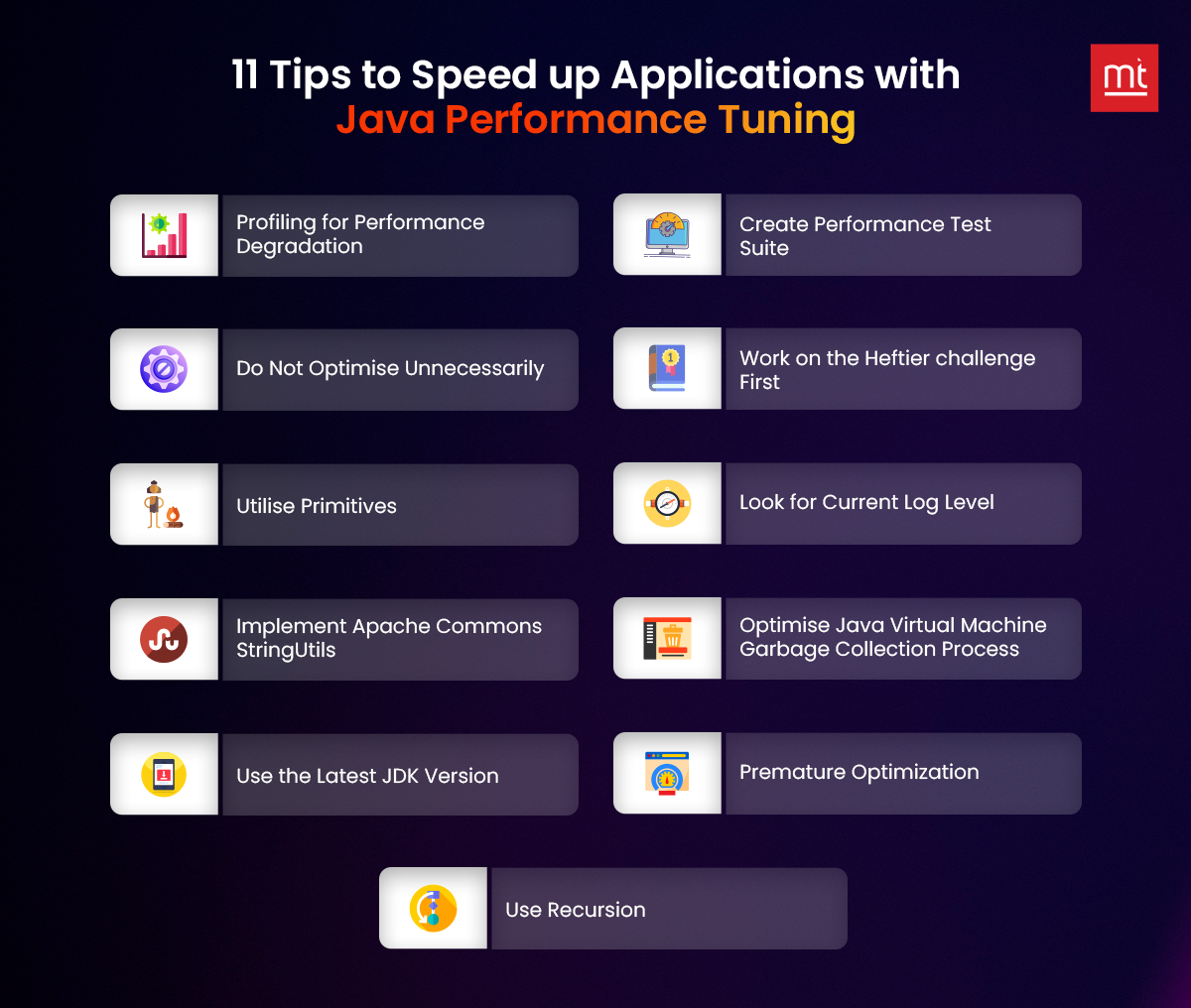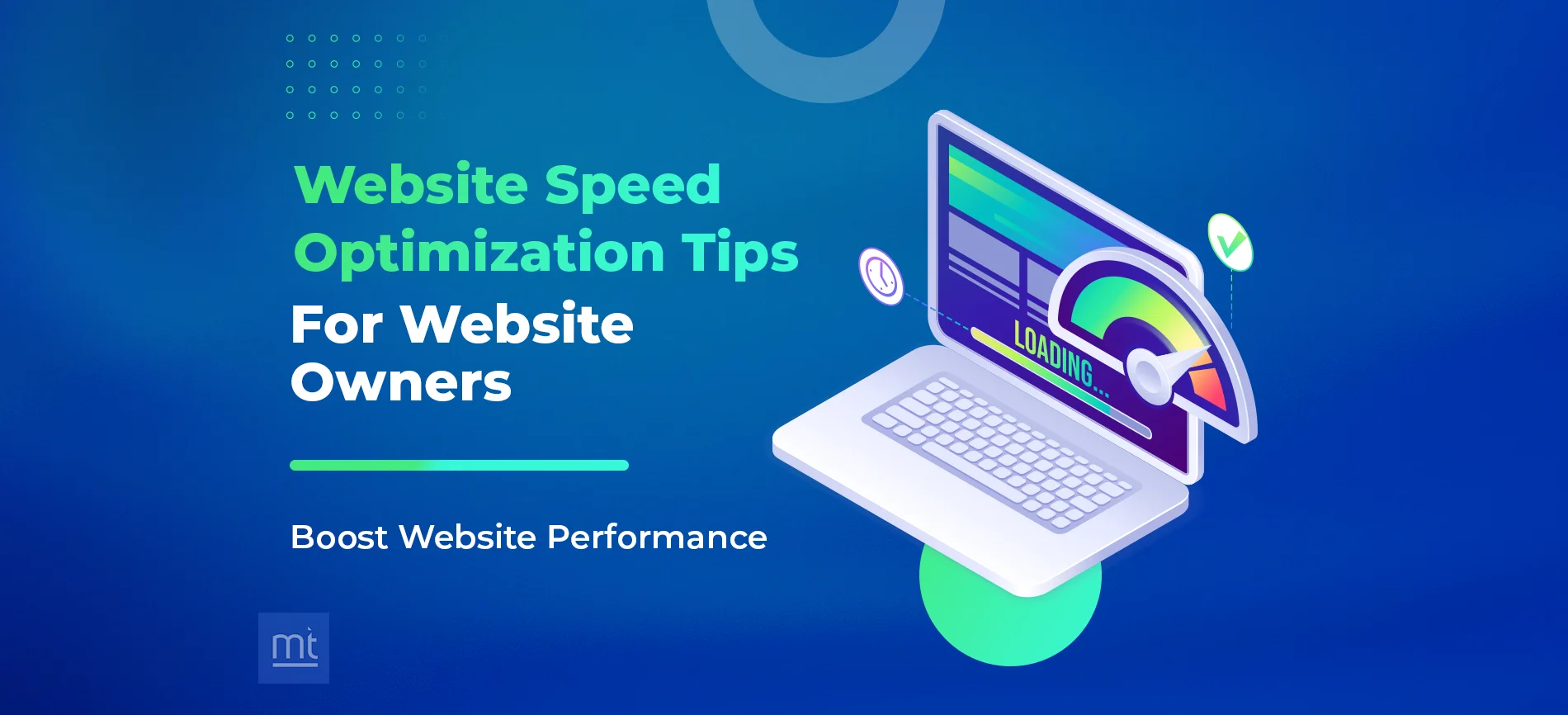Get Free Trial Week Developer Access, Try Before You Hire. Click Here to Claim Now
Introduction:
Java is one of the most popular programming languages known for its flexibility and stability. It can be observed in JAVA applications on Web servers or mobile device applications. How to do performance tuning in Java? Even the best-designed Java applications sometimes experience performance degeneration and slowed response time, which frustrates the application's users. Optimization methodologies also play an essential role in handling Java applications to ensure they do not hamper user experience and time.
Java has maintained its invincibility in the face of the proliferation of numerous programming languages. Java is reportedly rated 4th in the Tiobe index of the most prevalent programming languages 2024.
This process includes detecting a variety of suboptimizations in the application and the actual, often low-level, rewrite of the code, as well as adjustments of the settings of the Java Virtual Machine (JVM).
Better performance tuning skills will enable developers to improve the app performance, responding faster and making users happy. This article will cover best practices on Java performance tuning.
What Is Java Performance Tuning?
Troubleshooting is initiated after an application fails through the functional requirements. Troubleshooting live applications may not be a great idea. It is better to have a Java performance optimization strategy where we identify underperforming aspects, including codes, libraries, and frameworks, and work on them. This is Java performance tuning.
It is better to benchmark application performance and system capacity to get the optimum performance. First, you should determine the performance you can expect on the current hardware. Once you get hold of the system performance, you can take the next step, optimizing Java code and other related aspects. After developing the application, the developer can invest time checking if these targets are met instead of doing tests and trials on every element. Finally, you can set performance targets for latency, throughput, responsiveness, and stability.
Proven Ways to Maximize Application Speed with Java Performance Tuning
Here are crucial ways to speed up applications with JAVA performance tuning.

1. Profiling for Performance Degradation
Profiling is the first step in determining where Java application suffers from performance problems. How do you find out where your application spends those minutes? You can use VisualVM, JProfiler, YourKit, or similar tools.
Profiling gives a general view of CPU usage, memory consumption, and thread activity concerning particular sections so that one can notice if optimization is needed. In one-instance mode, java application performance tuning is done only once in a while, which hampers the detection of the problem areas of a high-end performance application at the right time.
2. Create a Performance Test Suite
For the performance tests to be practical, you require a performance tuning of the Java applications test suite to gauge the effects of the optimizations. Test frameworks such as JUnit and JMH Java Microbenchmark Harness can be used to develop options, benchmarks, and performance tests.
This suite should address some important areas of your application that you should be able to measure after making enhancements to know whether performance has improved or not and also to ensure that new versions of your application do not compromise performance.
3. Do Not Optimize Unnecessarily
There is no need to write complicated code that will be very hard to code or modify to attain a few percent of performance gain. For instance, it is possible to focus on optimizing the parts of the application that make the most significant difference in conveying the desired efficiency.
Doing so will follow the principle of “optimization if needed” and instead rely on the profiling data to guide one. This strategic approach allows you to allocate your time and resources appropriately.
4. Work on the Heftier Challenges First
Using ‘nonlinear optimization,’ implementing the greatest improvements in performance where needed first can provide quite a lot. By using the profiling data, one should be able to determine functions or processes most likely to drain the resources available.
Solving these problems will initially be most helpful for improving application responsiveness; subsequent improvements can build upon this foundation and selectively optimize specific, less critical segments.
5. Utilize Primitives
Avoiding wrapper classes and using primitive data types such as int, long, and float can enhance performance. Primitive types occupy less space in the memory and are faster to process than objects because of PyObject. Be very careful during boxing and unboxing operations because these can cause a significant performance penalty.
6. Look for the Current Log Level
Logging is crucial for tracking and analyzing and can be a valuable tool for diagnostics; nevertheless, too much logging slows down the application. Ensure that your application queries the current log level before the logging calls if the operations are costly.
For example, where constructing a log message is unnecessary, one should provide condition log statements such as if and else. It will save a lot of computation and I/O by checking for their presence and excluding them from the calculation.
7. Implement Apache Commons StringUtils
String manipulations, particularly in Java applications, are relatively popular, and this usage may lead to inefficiencies. The Apache Commons StringUtils has more optimized methods for String concating, separating, or trimming.
Using the above-mentioned methods should minimize the cost or overhead during string manipulations, hence efficiently improving the performance of an application.
8. Optimize Java Virtual Machine Garbage Collection Process
Java uses Garbage collection (GC) to manage memory, which is troublesome and may lead to latency. It is done by choosing the suitable GC algorithm and setting one or more parameters related to it in the JVM.
For example, it can help lower pause times and respond more to the application using the G1 (collector or ZGC). This is perhaps the most common best practice among nuts and bolts – to pay attention to GC logs and fine-tune settings appropriately to balance throughput and latency.
9. Using the Latest JDK Version
Maintaining your application with the latest JDK version is essential to reaping the performance boost and fixing the bugs the Java development team provides. The latest JDK releases have seen improvements in the JVM, garbage collection, and standard libraries. The newest version may help improve performance without the need to alter the code.
10. Premature Optimization
Optimization, however, should be done to the maximum without falling into the pit of premature optimization. Assume that every line of code should be written to be readable first and then focus on performance after measurement using profiling and performance testing.
This means that, more often than not, optimizing a program prematurely leads to creating software whose code is complex and challenging to debug despite the poor performance.
11. Use Recursion
Recursion can be a good strategy when problems can be solved through more similar minor issues. However, recursion is not entirely safe since if a recursive call is too deep, it leads to stack overflow and increased memory use.
This means when using recursion, the algorithm should have a termination condition to end the recursive calls; it is also advisable to optimize tail recursion to minimize overhead from multiple stack frames. Also, assess whether an iteration could improve overall efficiency for a specific problem.
Conclusion
Java Performance tuning is one of the most crucial factors in any application that needs to solve complex problems adequately. This means that by applying the methods expounded on some Java performance tuning tips, you will be ready to enhance the performance level of your Java applications. At Manek, we take Java performance tuning to the next level with a team of leading Java experts.
Our team is filled with talented and renowned Java developers offering top notch Java development services and taking every step to maximize performance.
Contact us today to hire a Java Developer and take a step toward Java performance tuning.
Recent Blogs
Subscribe to Our Newsletter!
Join us to stay updated with our latest blog updates, marketing tips, service tips, trends, news and announcements!




















